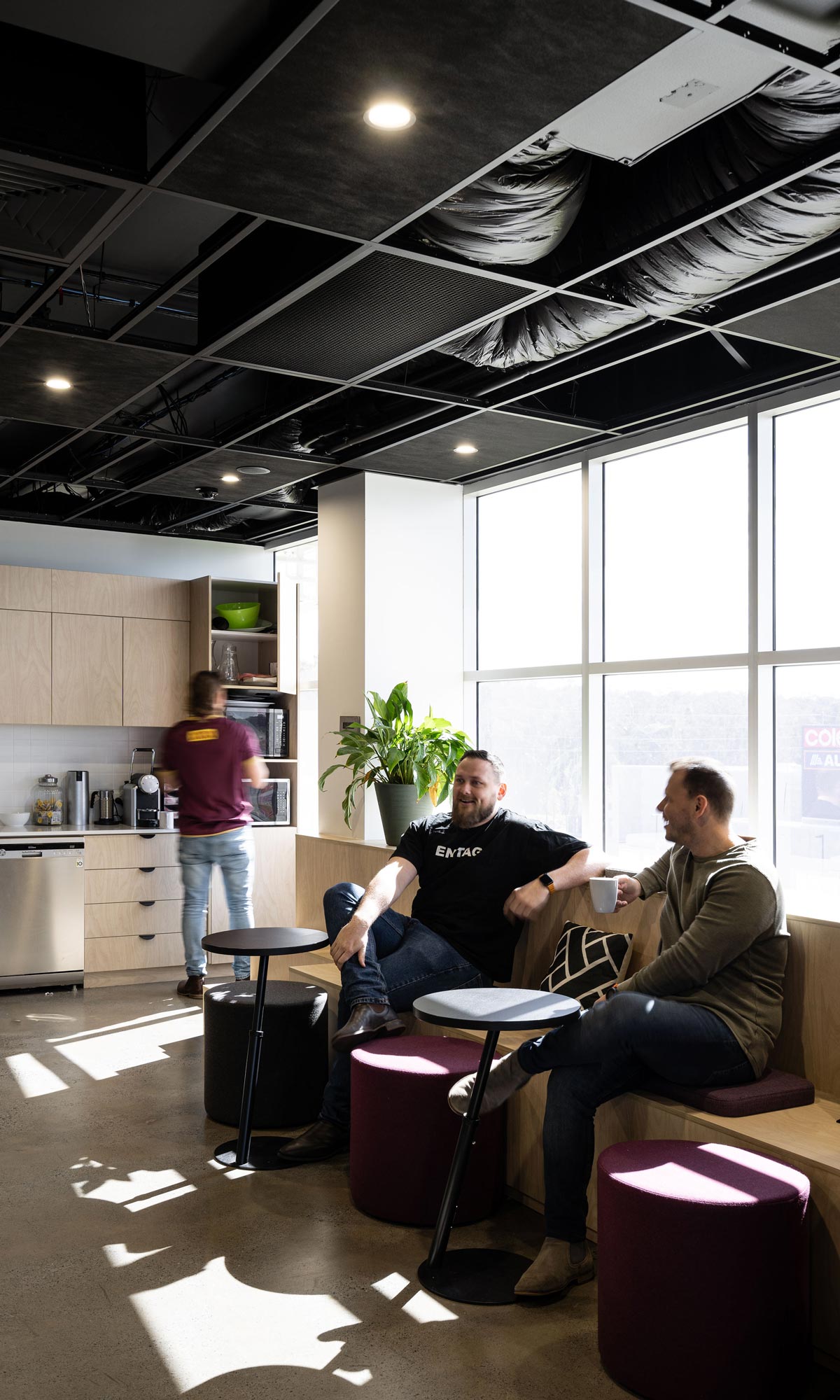
Patients will have reduced stress and anxiety, giving them a more positive experience. This improves health outcomes and will lead to word of mouth referrals and patient retention.
Your team will enjoy increased job satisfaction, a better work culture and improved wellbeing, leading to higher productivity and efficiency.
Ultimately, your medical practice will have an enhanced reputation that attracts and retains the best talent and brings in more patients. Day to day, there will be better practice flow and efficiency. This means increased revenue and profits and a more successful business.
There are three aspects to a people-centric healthcare practice.
The culture of a medical practice comes from the top. Leaders set the tone in language, attitude and respect. This behaviour flows through the entire practice culture. Communicate your business mission and goals. Encourage collaboration, honest feedback and respect. By showing people that they are valued, they value others too. Clear communication, empathy and actively listening to staff will set the tone for patient care that is always respectful and supportive.
When your team are trying to perform at their best, don’t thwart them with a computer or a system that says no. Involve staff in process design and technology decisions. Lean principles will minimise waste and create more efficiency. Standardised systems and processes will reduce the room for error and risk. Continuous improvement means your healthcare practice design will constantly evolve and become more efficient.
When planning a new medical practice fit-out, it can be tempting to focus on the design and aesthetics. It’s visible and exciting! Integrating technology into the design from the start will pay dividends later. Early collaboration between your practice designers, healthcare team and IT/electrical specialists will ensure that technology supports your workflow, patient needs and compliance requirements.
The healthcare practice fit-out encompasses both spatial and environmental design. Spatial design focuses on the functional aspects. For example, how many treatment and consulting rooms do you need now and in the future? What equipment do you need? Which codes and regulations do you need to follow? How should you employ wayfinding to its best advantage? Spatial design underpins the entire practice flow.
The environmental design focuses on the emotional aspects of the healthcare fit-out. Who is your target market? What do they need and expect? How will your physical environment attract the demographic audience you seek? Does your fit-out reflect your brand and image?
If you create a well-place™, you will cultivate an environment designed to enable people to ‘do well’. It will support physical and mental health while engaging and motivating staff to be their best and most productive selves. A great reference source is the global WELL Building Standard™, which was developed by practitioners, public health professionals and building scientists around the world. It has ten concepts that help companies deliver more thoughtful and intentional spaces to enhance human health and well-being. Those concepts are Air, Water, Nourishment, Light, Movement, Thermal Comfort, Sound, Materials, Mind and Community.
It is important to engage an experienced healthcare design and fit-out partner who understands people-centric design and the WELL principles. As well as the core spatial elements of design, a people-centric fit-out partner will help you create a people-centric emotional journey. For patients, this means a positive emotional experience. For staff, this means providing facilities that they cannot get elsewhere, such as rejuvenation spaces.
At Evoke Projects, we ensure every aspect of the healthcare fit-out supports those who use it. Find out more about well-spaces, spatial and environmental design by calling our healthcare design and fit-out team on 1300 720 692.